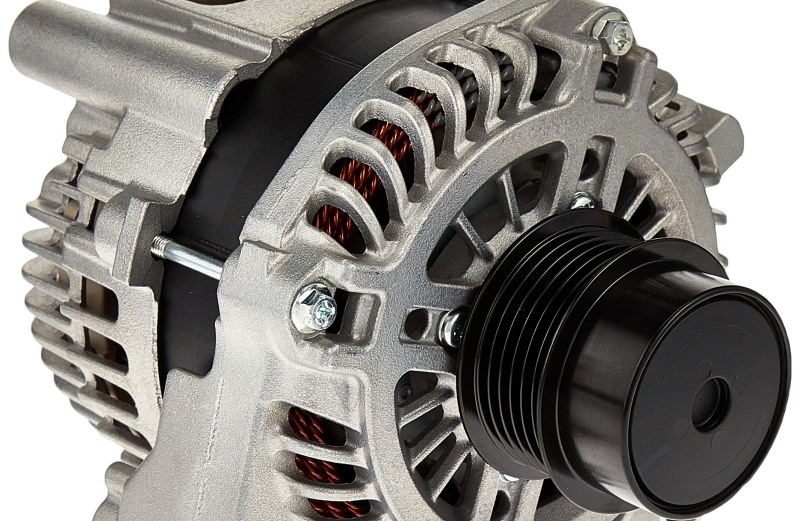ATV Tech – Why No Alternator?

These are found in all our cars but not on our quads.
Our on-road cars and trucks and even most motorcycles have alternators keeping the battery topped off but when it comes to ATVs and most UTVs, the part is unheard of. We know we have something responsible for charging the battery but why the name change?
Simply put – it’s a matter of location mostly. In the off-road world, we rely upon what’s known as a stator or stator coil to generate the electrical current responsible for powering the charging system.

This is accomplished via a surprisingly simple mechanical means. The stator is a tight coil of wire wrapped around a magnet on a shaft. This magnet spins, generating alternating current (AC) in the process. That electrical current then travels along a dedicated wire through the casing and into a rectifier/regulator, where it is converted into consistent direct current (DC).
The nuts and bolts of how the two systems function is identical in either design (alternator or stator). The difference between the two is that while the alternator refers to the entire isolated unit responsible for this process, most off-road vehicles keep the components separate from one another.
Stator coils, as established above, are typically located within the engine case itself and the electricity being generated within is then carried out of the case and into the external regulator via wire. This means the individual components composing the charging system can be replaced separately as needed.

An automotive style alternator, conversely, is completely self-contained, externally mounted and outputs DC current without the need for additional components. In other words, there is a stator coil and regulator involved still in an alternator, but they are integrated inside a single unit.
Another minor difference between the two is the type of magnet involved in generating electricity. Stators typically use a permanent magnet, like a powerful version of the thing holding your kid’s artwork on the refrigerator door, while automotive alternators use a smaller electromagnet as again, space is tighter within the confines of a single unit containing all of the charging components inside.
